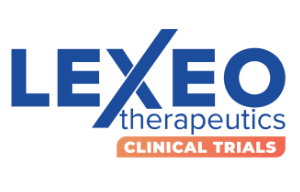Our Approach
The Amazing Science of Gene Therapy
Researchers and scientists have made exciting strides to better understand and use gene therapy to tackle genetic diseases.
The goal of investigational gene therapy is to help treat or prevent diseases by targeting the underlying cause — a gene that is not working correctly.
But How Exactly Does Gene Therapy Work?
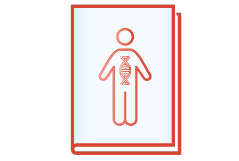
Let’s use the example of a cookbook. A cookbook is made up of lots of recipes that give instructions on how to make different dishes.
Think of your DNA like your own unique cookbook. In this case, the recipes are called genes, which give instructions on how to make proteins in the cells of your body. Proteins perform many essential tasks for us every day, including building and maintaining structures that make up our bodies, fighting off infections and transporting materials across cells.
Usually these genes work just fine — they give the right instructions so the body can make the right proteins
Sometimes, however, there is a change in the gene that can cause it to give incorrect instructions.
Imagine if a cake recipe called for sugar, but salt was listed by mistake instead — surely the cake would not come out right!
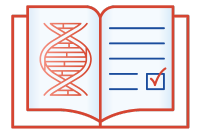

The same goes for our bodies: when there is a change in a gene, it may not work correctly to give proper instructions — which can affect how the protein is made and works in the body. If a protein cannot do its job, it can lead to health problems and complications — in other words — a genetic disease. Sometimes you will hear scientists use the term “mutation” to describe a change in a gene.
One way to fix this issue of a recipe with “wrong ingredients” is to add the correct version of the recipe into the cookbook. In other words, giving cells a version of the gene that gives the correct instructions (functional copy of the gene) to make proteins that are able to do their job. By doing so, the hope/goal is to improve disease symptoms or restore cardiac function. This is called gene therapy.

Every Working Gene Needs a Delivery Vehicle

For gene therapy to work, the functioning gene must reach the cells that need it by using a vector, which is a special delivery vehicle designed to go to specific cells in a particular part of the body.
Adeno-associated viral (AAV) vectors are the standard vector used in investigational gene therapy today. Why is that? Well, they have been studied the most in gene therapy clinical trials. In fact, many FDA-approved gene therapies use AAV vectors, meaning there is real-world experience with using them in people.
Although AAV vectors have the word “viral” in them, it is important to note that the virus genes are removed and replaced with the functional copy of the gene associated with the disease. These modified vectors cannot cause a viral infection.
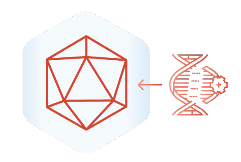
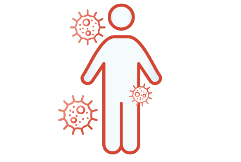
With an AAV-based investigational therapy, there are potential risks. For example, even though they cannot cause an infection, the body’s immune system may treat AAVs as something that does not belong and respond by causing symptoms like a fever or swelling in an attempt to protect or heal the body. Visit our FAQs page to learn more about potential risks of investigational gene therapies.
Putting It All Together
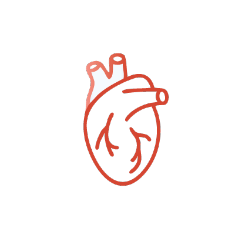
At Lexeo, we have clinical trials in the following genetic diseases that impact the heart:
Friedreich ataxia cardiomyopathy (FA-CM), which is caused by a change/mutation in the frataxin (FXN) gene.
Arrhythmogenic cardiomyopathy (ACM), which can be caused by a change/mutation in the PKP2 gene (PKP2-ACM).
We use an AAV vector, called AAVrh10, which is designed to deliver the functioning gene to heart cells.

